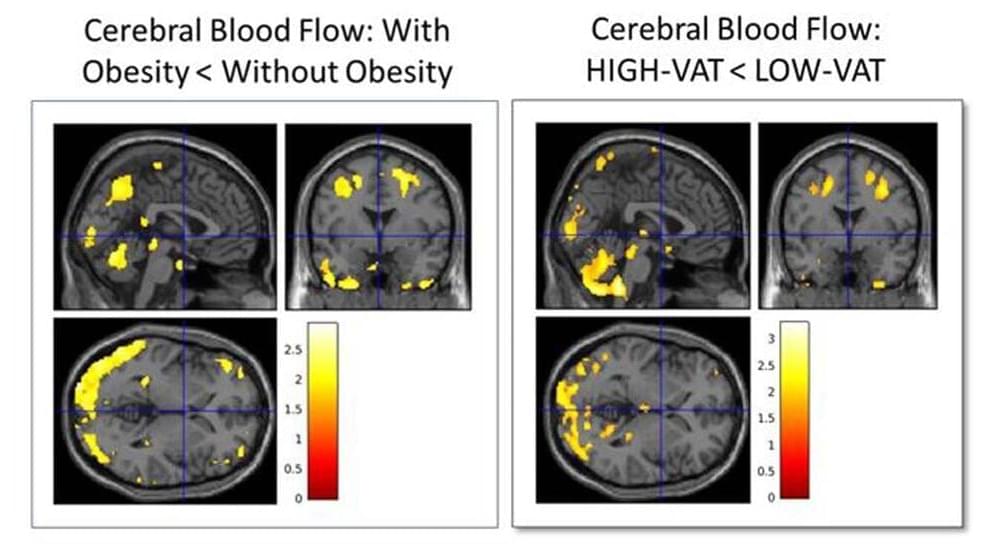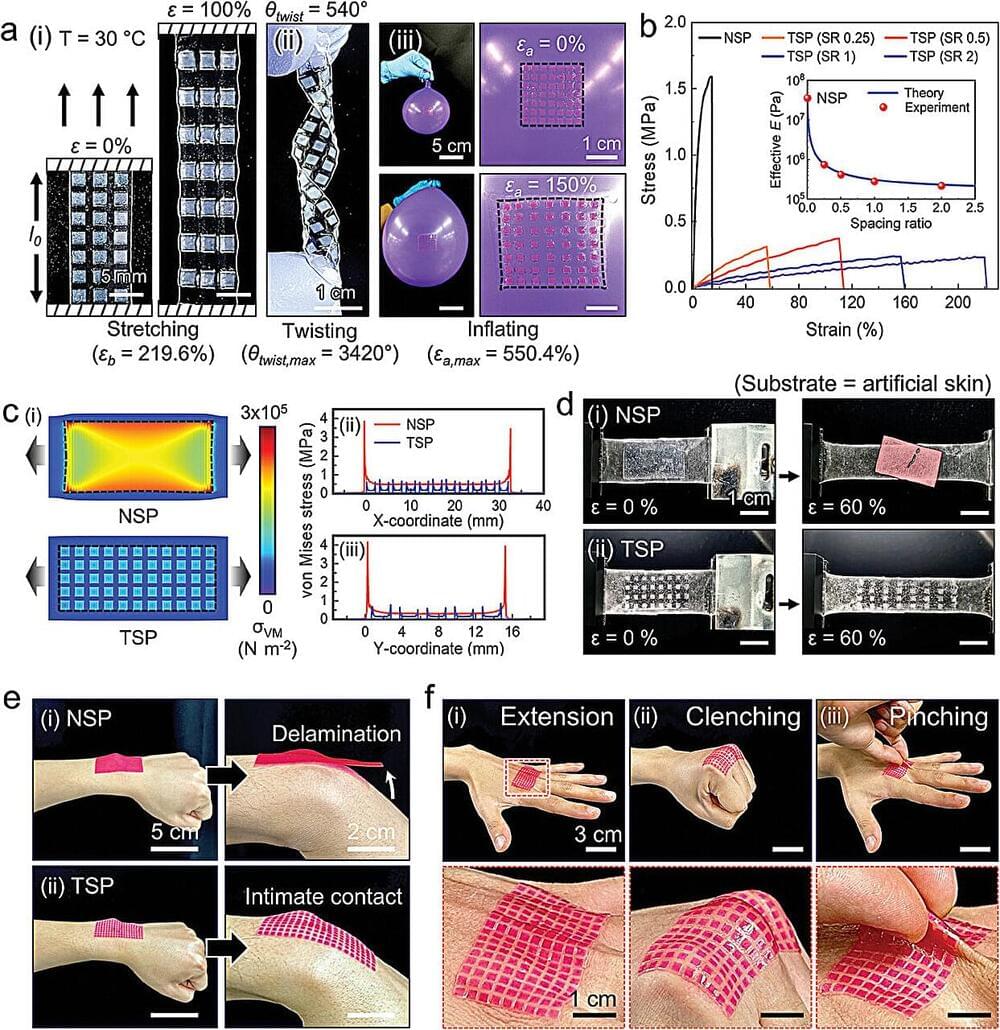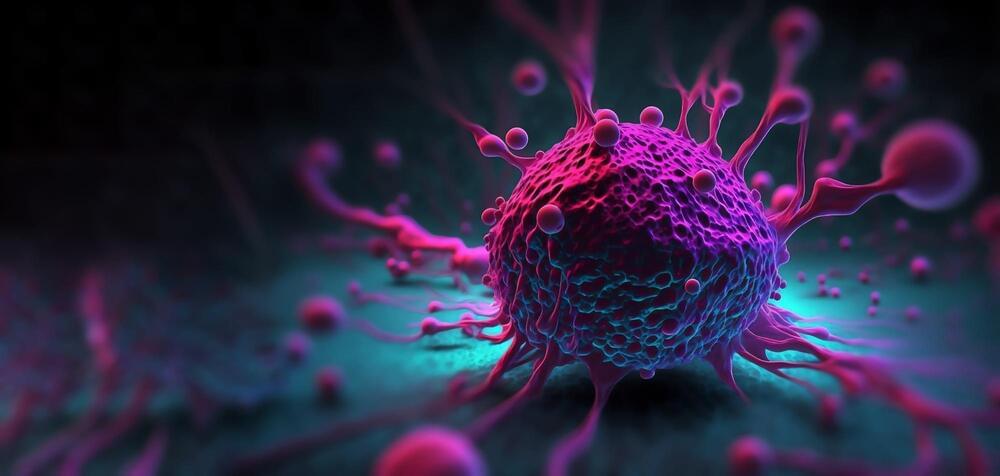Dec 2, 2024
Labeling cells with barcodes: New CRISPR technology reveals how cells communicate
Posted by Dan Breeden in categories: biotech/medical, genetics
A novel breakthrough, leveraging CRISPR gene-editing technology, is revolutionizing how scientists study sEVs. This innovative approach, known as CIBER (CRISPR-assisted individually barcoded sEV-based release regulator), enables researchers to investigate thousands of genes simultaneously.
By tagging sEVs with unique RNA “barcodes,” CIBER offers unparalleled insights into the molecular processes regulating sEV release, setting the stage for advancements in biotechnology and disease treatment.
Extracellular vesicles, which include sEVs, are small, membrane-enclosed particles released by cells into their surroundings. Their size, origin, and cargo determine their classification. sEVs, typically 30–200 nanometers in diameter, are among the smallest but most intriguing members of this group. These vesicles transport biomolecules—such as RNA, proteins, and lipids —between cells, acting as communication messengers.

















